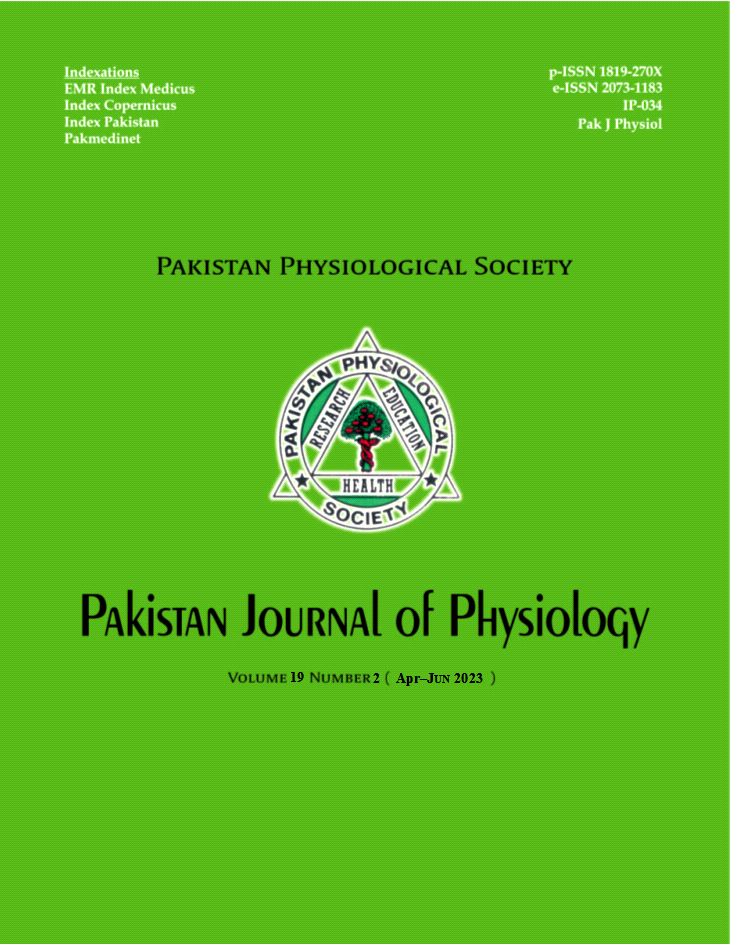JOB-RELATED DEPRESSION AMONG ICU AND NON-ICU HEALTHCARE WORKERS IN A TERTIARY CARE HOSPITAL
DOI:
https://doi.org/10.69656/pjp.v19i2.1509Keywords:
Healthcare, ICU, non-ICU, Depression, Peshawar, PakistanAbstract
Background: A higher levels of job stress among healthcare staff showing an inverse relationship between job stress and job performance among healthcare workers has been reported. The aim of current study was to compare the frequency of depression among intensive and non-intensive unit healthcare workers in a tertiary care hospital in Peshawar. Methods: This was a cross-sectional study conducted in Hayatabad Medical Complex, Peshawar. A purposive questionnaire was designed to collect data from hospital staff working at intensive care unit (ICU) and non-ICU specialties while another questionnaire was used based on ‘Beck’s Depression Inventory’ for determination of depression levels. Sample size was calculated using WHO sample size calculator. The data was analysed on SPSS-21. Shift duration and unit of working were analysed through univariate and multivariate logistic regression for depression status. Odds ratio was calculated with 95% confidence interval by applying chi-square test. Results: The study included 214 participants. Average age of the included study participants was found to be 28.37±5.94 years. A significant difference was found in healthcare workers having shift duration more than 8 hours and in those working in ICU than non-ICU specialities (p<0.05). On multivariate logistic regression, shift duration of more than 8 hours (OR: 2.58, p=0.03) and being working in ICU (OR: 13.89, p<0.001) were significantly associated with depression. Conclusion: Healthcare workers working at ICU and with shift duration of more than 8 hours are more prone to be mentally depressed.
Pak J Physiol 2023;19(2):28–31
Downloads
Downloads
Published
How to Cite
Issue
Section
License
The author(s) retain the copyrights and allow their publication in Pakistan Journal of Physiology, Pak J Physiol, PJP to be FREE for research and academic purposes. It can be downloaded and stored, printed, presented, projected, cited and quoted with full reference of, and acknowledgement to the author(s) and the PJP. The contents are published with an international CC-BY-ND-4.0 License.











